Introduction
In the modern landscape of data-driven organizations, proper governance, and maintenance of accurate, consistent, and reliable data are key. Master Data Management (MDM) frameworks offer a systematic way of managing the important data of an organization, ensuring accuracy, consistency, and availability across the whole organization. Following MDM best practices can provide better decision-making, more streamlined processes, and improved customer interactions when implemented properly. This exposition explores the paramount practices for implementing MDM frameworks, aiding organizations in maximizing their data’s potential.
- Comprehending Master Data Management
- Significance of MDM
- Core Elements of MDM Frameworks
- Optimal Practices for MDM Framework Implementation
- Challenges in Implementing MDM Solutions
- Future Trends in MDM
Comprehending Master Data Management
Master Data Management (MDM) pertains to the methodologies, policies, standards, and tools that define and manage an organization’s critical data to furnish a singular reference point. MDM guarantees that master data remains accurate, consistent, and comprehensive across the organization, facilitating superior decision-making and operational efficiency.
Significance of MDM
The deployment of MDM is crucial for various reasons. It assists organizations in:
- Ensuring Data Accuracy and Consistency: MDM frameworks help maintain a solitary version of the truth for critical data, mitigating errors and inconsistencies.
- Enhancing Decision-Making: Reliable and consistent data enables superior analysis and well-informed decisions.
- Improving Customer Experience: Accurate customer data allows for personalized and efficient interactions.
- Streamlining Operations: Consistent data across systems reduces redundancy and augments operational efficiency.
Core Elements of MDM Frameworks
- Data Governance: This encompasses the overall administration of data availability, usability, integrity, and security, including policies, procedures, and standards for managing data assets.
- Data Quality Management: Ensures data is accurate, complete, and reliable, involving data profiling, cleansing, enrichment, and validation processes.
- Data Integration: Combines data from diverse sources to provide a unified view, including data extraction, transformation, and loading (ETL) processes.
- Data Modeling: Defines the structure and relationships of data elements, including creating data models, schemas, and metadata.
- Data Security: Ensures that data is protected from unauthorized access and breaches, involving security policies, encryption, and access controls.
- Data Stewardship: Involves managing and overseeing data assets to ensure data quality, governance, and compliance.
Optimal Practices for MDM Framework Implementation
- Articulate Clear Objectives: Before implementing an MDM framework, it is essential to delineate clear objectives, such as enhancing data quality, ensuring regulatory compliance, or improving customer experiences. These objectives guide the implementation process and help measure success.
- Secure Executive Endorsement: Garnering executive endorsement is critical for the success of MDM initiatives, providing necessary resources, support, and visibility to drive the project forward.
- Establish a Data Governance Framework: A robust data governance framework is the cornerstone of successful MDM implementation, including defining data ownership, establishing data policies and standards, and creating a governance council.
- Conduct a Data Assessment: Perform a thorough data assessment to identify the sources, quality, and usage of existing data, understanding the current data landscape, including data silos, redundancies, and inconsistencies.
- Select the Right MDM Solution: Evaluate different MDM tools based on organizational needs, scalability, and integration capabilities, considering factors such as data quality features, ease of use, and vendor support.
- Develop a Data Integration Strategy: A robust data integration strategy is essential for consolidating data from various sources, and defining how data will be extracted, transformed, and loaded into the MDM system.
- Implement Data Quality Management Processes: Ensure that data is accurate, complete, and reliable, involving data profiling, cleansing, enrichment, and validation, regularly monitoring and improving data quality.
- Ensure Data Security and Compliance: Implement strong security measures to protect data from unauthorized access and breaches, ensuring compliance with regulatory requirements.
- Engage Stakeholders and Users: Involve stakeholders and end-users in the planning and implementation process, providing training and support to help them understand the benefits and usage of the MDM system.
- Monitor and Measure Performance: Continuously monitor and measure MDM performance, defining key performance indicators (KPIs) to track the effectiveness of the MDM solution.
- Establish a Data Stewardship Program: Assign responsibility for managing and overseeing data assets, ensuring data quality, governance, and compliance, with clear roles and responsibilities for data stewards.
- Implement Change Management: Develop a change management plan to address resistance and ensure a smooth transition, communicating the benefits of MDM to the organization and providing training and support to users.
- Plan for Scalability: Ensure that the MDM solution can handle increasing data volumes, new data sources, and evolving business requirements, planning for scalability to accommodate future growth.
- Leverage Data Analytics: Utilize data analytics to gain insights from master data, using analytics tools to analyze trends, identify patterns, and make data-driven decisions.
- Foster a Data-Driven Culture: Encourage data-driven decision-making across the organization, promoting the value of accurate and reliable data and providing training to enhance data literacy.
- Regularly Review and Update the MDM Strategy: Continuously improve the MDM solution to remain effective and relevant, regularly reviewing and updating the MDM strategy to align with changing business needs and technology advancements.
- Conduct Regular Audits: Maintain the integrity and quality of master data through regular audits to identify and address data quality issues, compliance gaps, and security vulnerabilities.
- Collaborate with IT and Business Teams: Ensure alignment between IT capabilities and business requirements, fostering open communication and collaboration between IT and business teams.
- Utilize Automation: Streamline MDM processes and improve efficiency through automation, reducing manual efforts, minimizing errors, and enhancing the overall effectiveness of the MDM solution.
- Focus on User Experience: Ensure the successful adoption of MDM solutions by designing user-friendly interfaces and providing intuitive tools for data management, continuously improving the usability of the MDM system based on user feedback.
Challenges in Implementing MDM Solutions
- Data Silos: Overcoming data silos requires a unified approach to data management and integration, as different departments may have their data systems, leading to inconsistencies and redundancies.
- Data Quality Issues: Implement robust data quality management processes to address inaccurate, incomplete, or outdated data, which can undermine the effectiveness of MDM solutions.
- Change Resistance: Address resistance to change with effective change management strategies and communication, ensuring smooth adoption of new processes and systems.
- Integration Complexities: A well-defined data integration strategy and the right tools are essential to address the complexities and time-consuming nature of integrating data from various sources.
- Maintaining Data Security: Protecting sensitive data from breaches and unauthorized access requires robust security measures, regularly updating security protocols, and ensuring compliance with regulations.
Future Trends in MDM
- AI and Machine Learning: AI and Machine Learning are transforming MDM by automating data quality checks, data integration, and analytics, enhancing data accuracy, identifying patterns, and providing predictive insights.
- Cloud-Based MDM Solutions: Cloud-based MDM solutions offer scalability, flexibility, and cost-efficiency, enabling easier integration and collaboration to handle growing data volumes and evolving business needs.
- Data Virtualization: Data virtualization provides a unified view of data from different sources without physically moving it, improving data accessibility and reducing integration complexities.
- Blockchain for Data Security: Blockchain technology offers enhanced data security and transparency through a decentralized and immutable ledger.







Leave a Reply